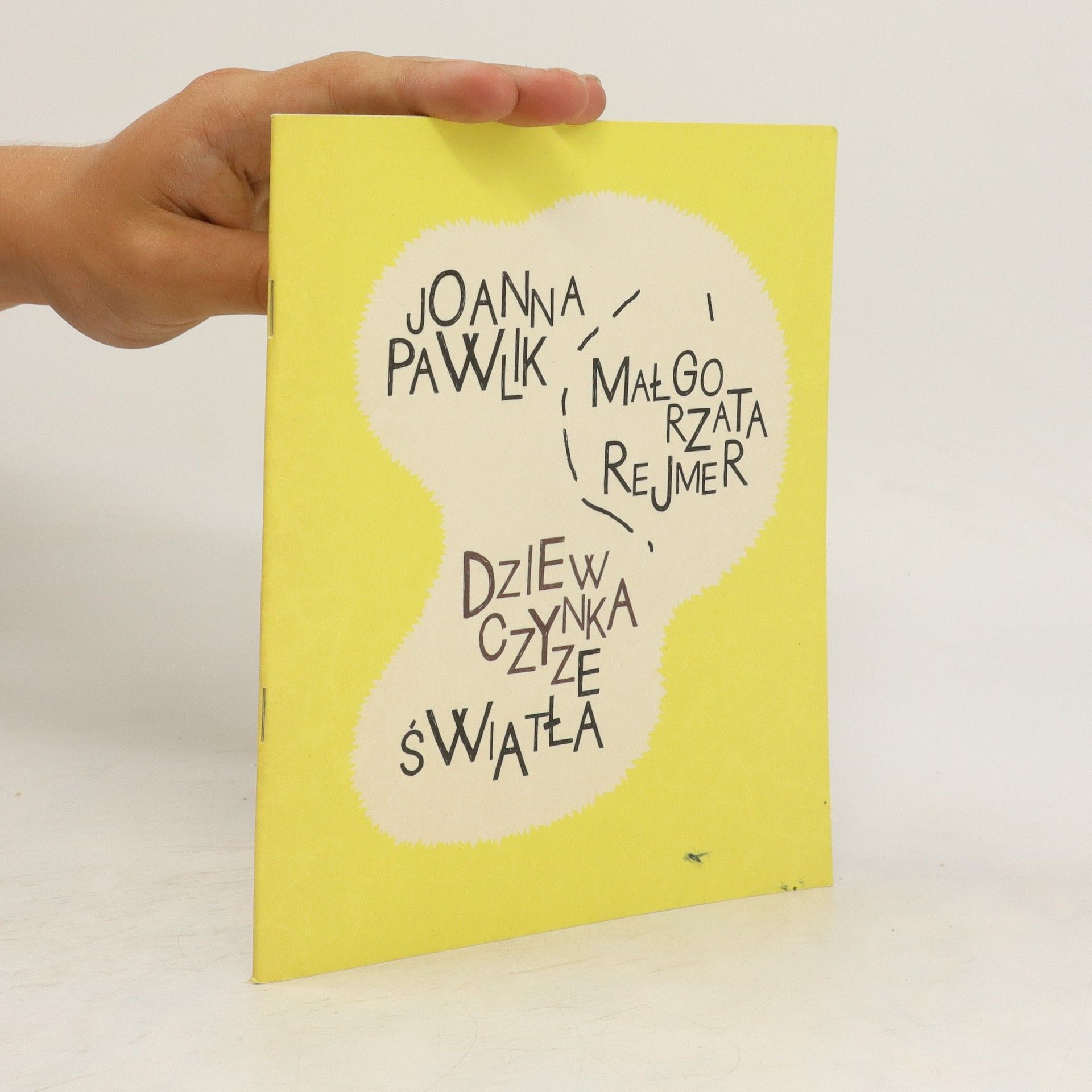Exploring the evolution of surrealism after World War II, this book argues that the movement thrived in the United States, contrary to popular belief. It highlights how American artists and activists adapted surrealism for political protest, intertwining it with significant social movements like the Black Arts movement and gay liberation. Through figures like Ted Joans and Marie Wilson, the narrative reveals how surrealism was utilized to challenge and redefine gender, sexual, and racial identities, transforming a European avant-garde into a tool for addressing postwar inequalities.
Joanna Pawlik Boeken

